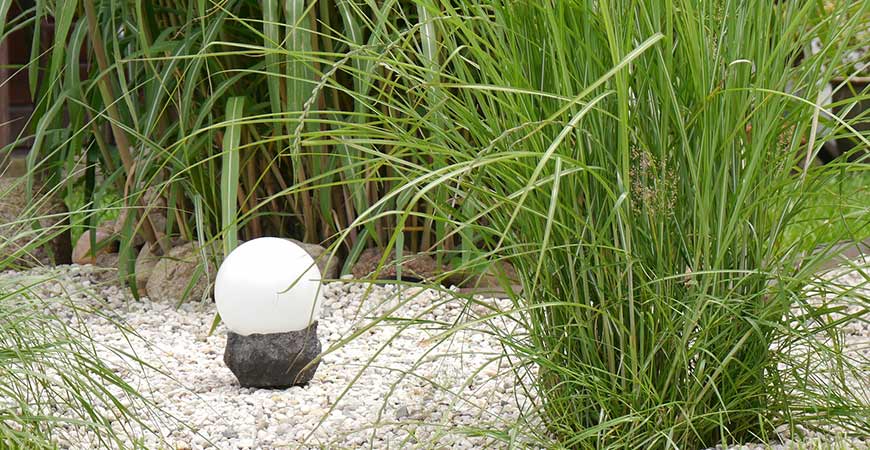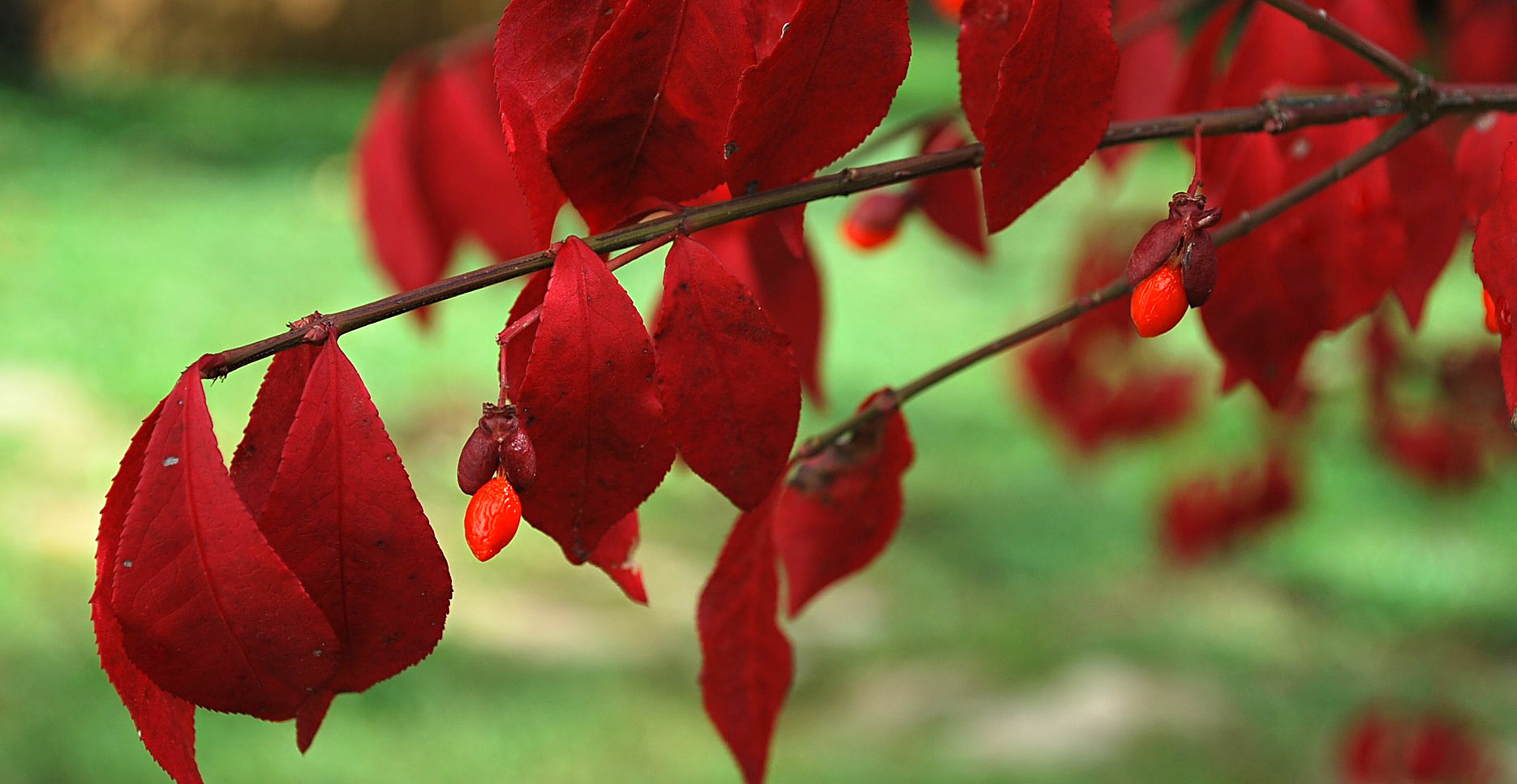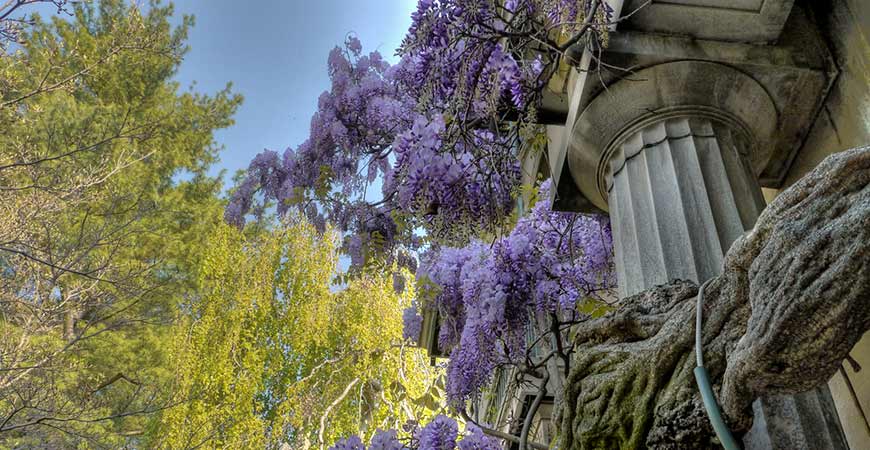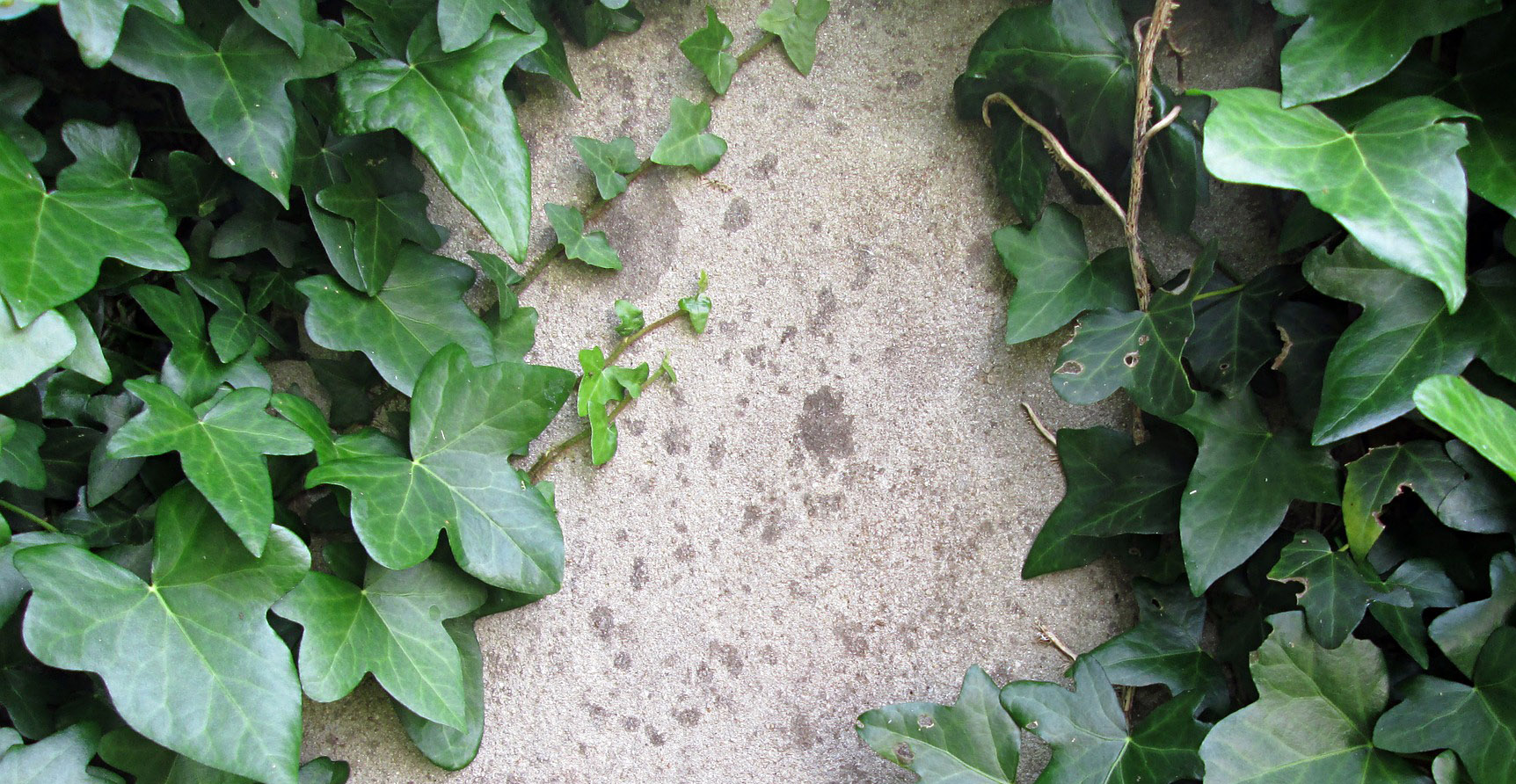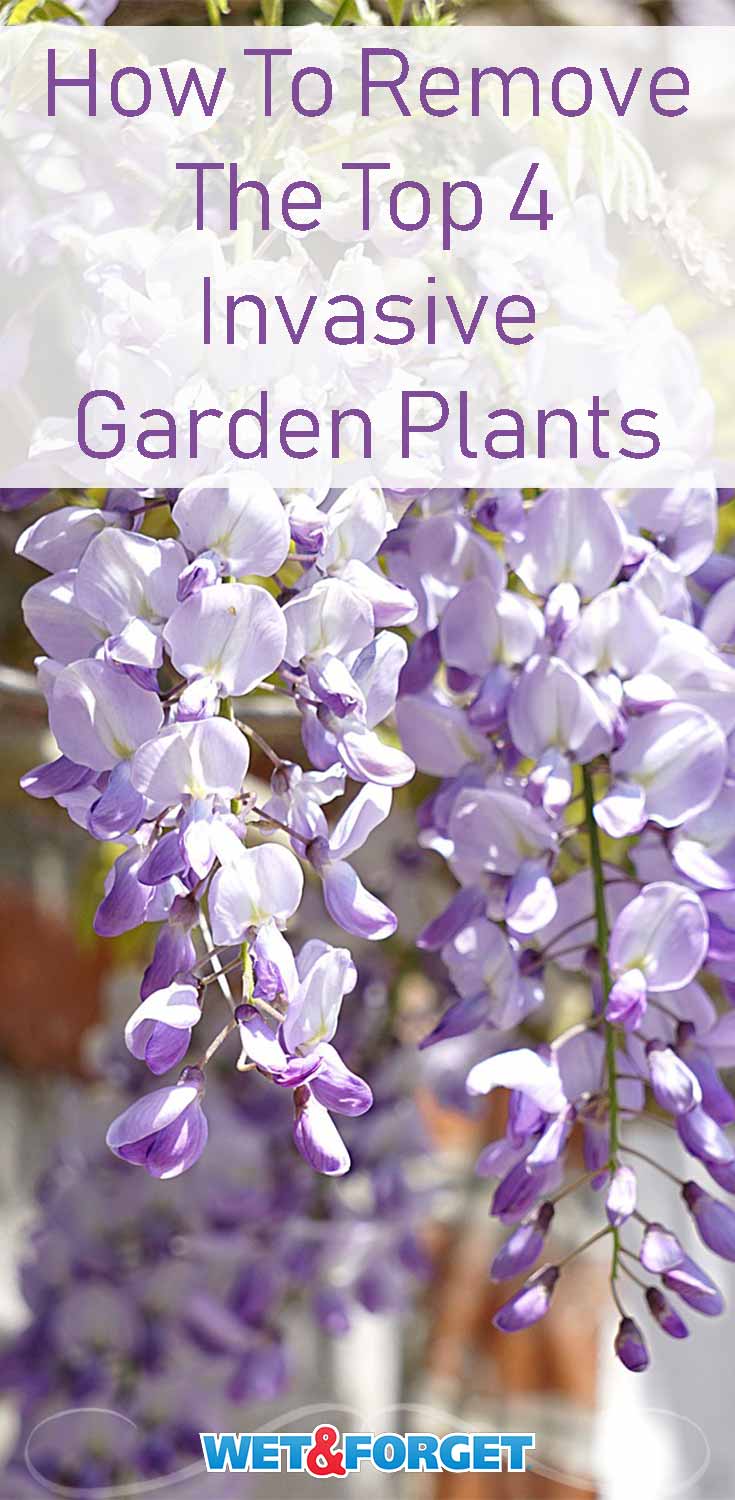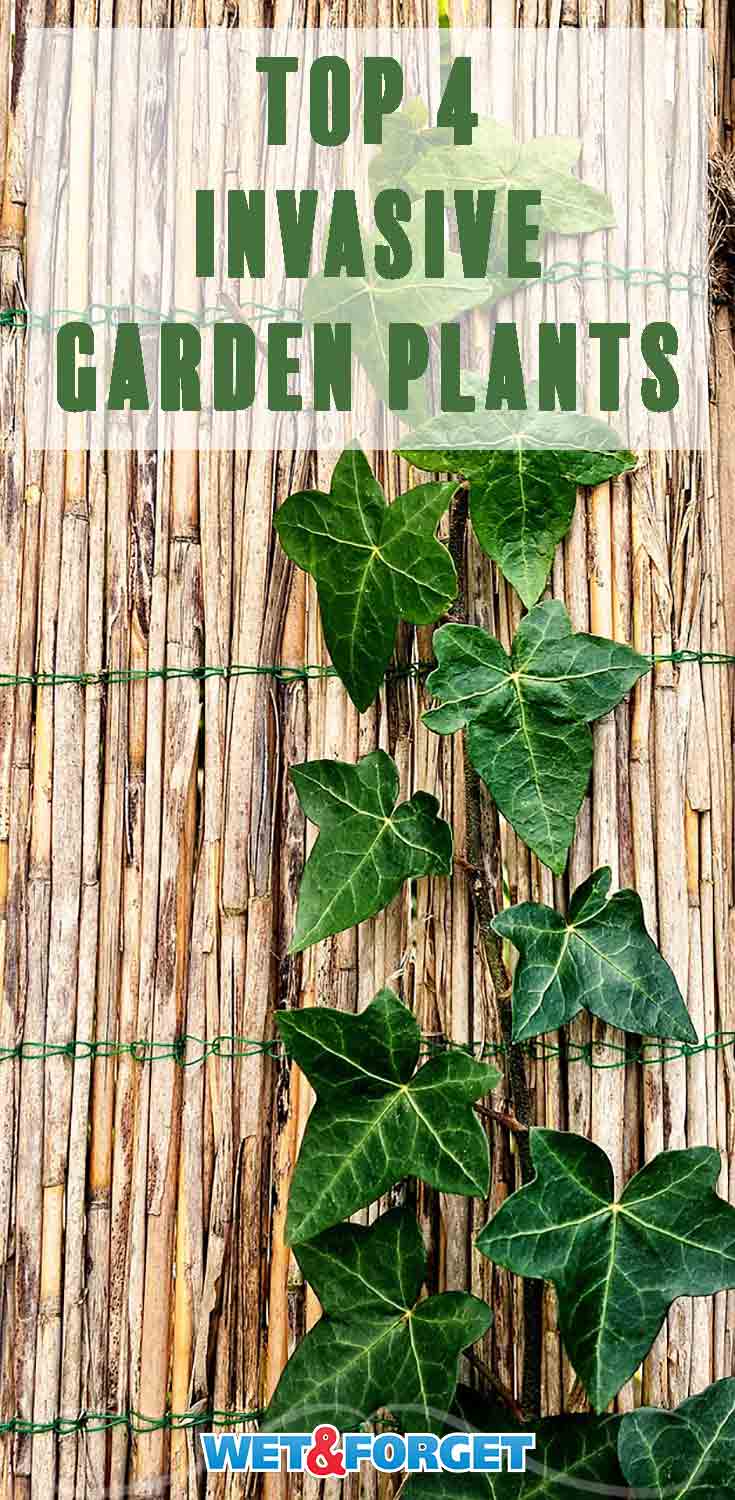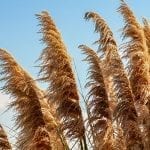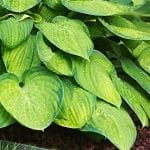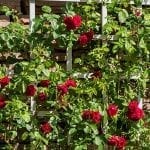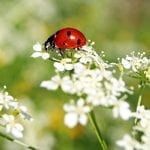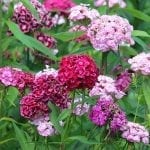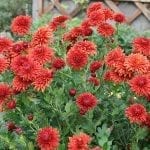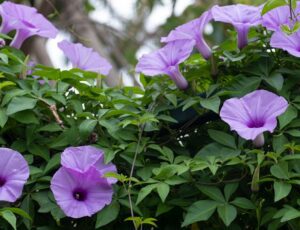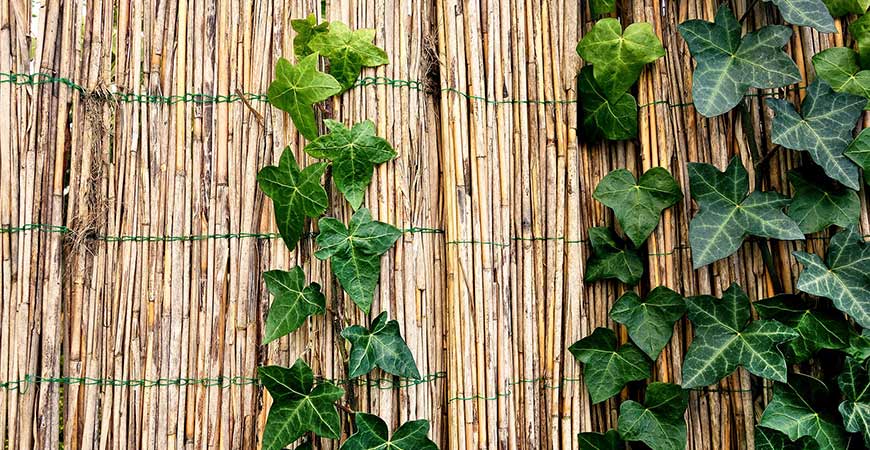
The Top 4 Invasive Garden Plants to Avoid and to Remove From Your Garden
Some invasive garden plants look perfectly innocent at first – even pretty. But over time, these seemingly harmless invaders can grow into green-leafed monsters. Poised to take over your yard, they can spread fast.
For how-tos on identifying and removing invasive plant species, read on –
Invasive Plants Defined –
Invasive plants are defined as those that spread quickly outside their normal range. A newly introduced invasive species can quickly take over the landscape because the natural environment has no diseases, insects, or foragers to keep them in check.
They grow at abandon, crowding out garden flowers, greenery, and indigenous plants. This “takeover” effect is harmful to the native environment.
How Invasive Exotics Arrived in the U.S. –
One of the most well-known invasive garden plants is the fast-growing, climbing vine called Kudzu. Japanese visitors introduced the Kudzu vine to the U.S. in the mid-1800s. Kudzu was initially planted as a high-protein food for livestock and to limit soil erosion.
Today, the plant has overtaken millions of acres of land in the Southeast U.S. – engulfing trees, buildings – most anything in its wake.
Other seemingly harmless, non-native plants that can be invasive if not kept in check are – Bugleweed (Ajuga reptans), English ivy (Hedera helix), and Periwinkle (Vinca minor). These were brought to the U.S. as attractive ornamental plants. Unfortunately, they’ve found their way to outlying fields and forests, spreading quickly and smothering native plants.
Pro Tip: Well-behaved greenery in one state may be considered a troublemaker in another. For a listing of invasive garden plants by state, visit the USDA’s “Introduced, Invasive, and Noxious Plants” page here.
What types of plants are considered invasive?
Several types of greenery – ground covers, shrubs, perennials, vines, and trees- are considered invasive. It depends on your growing region. Here’s a shortlist –
Bamboo
Bamboo is often planted for its ability to grow tall and quickly. Some gardeners like bamboo for its appearance and use it as a privacy “fence.”
But what starts as a small clump can quickly turn into a dense forest. New shoots rapidly spring up from the base, and they can spread rapidly.
Some bamboo varieties can be kept in line with root barriers, but a “runner” type bamboo will reach over a barrier. If a dense jungle forest isn’t your desire, forget about bamboo.
Bamboo requires some effort to eradicate due to its spread and height. Here are three ideas for ridding your yard of bamboo –
- Dig up the plant by the roots with a shovel. Remove any new shoots you see. Recheck the area in a few days. Dig any new shoots. Repeat until the plant is eradicated.
- Apply an herbicide as a foliar spray. A chemical spray will eventually kill the plant, but you’ll still be left with the dead canes to remove.
- If you’re not a fan of herbicides, pour boiling water on newly sprouted shoots to kill them.
Burning Bush
Burning Bush is a garden shrub popular for its striking crimson red leaves and its ability to grow well in poor soil. Surprisingly, Burning Bush is considered invasive in several states.
The shrub has gravitated into native fields and woodlands. Thriving in dense thickets, it overtakes native plants. Furthermore, it is highly adaptable and produces an overabundance of seeds – two reasons why it will easily take over the landscape.
Removing a nuisance Burning Bush –
- Remove the branches and cut them to short lengths for trash removal or a compost pile. Bundle the branches and tie them with twine.
- Cut the remaining trunk to a few inches above the soil.
- Dig around the perimeter of the trunk and the root ball with a shovel. Also, note where any large roots are located.
- Dig up the root ball and discard it.
- Fill the remaining hole with topsoil.
Chinese Wisteria
Chinese Wisteria is a beautiful vining plant that bears large, grape-like clusters of blooms in spring. The fragrant flower clusters are usually lavender or blue-purple. Chinese Wisteria is attractive, but it does need regular pruning to keep it in check.
If left unkempt, it’s an invasive plant that can destroy garden plants, shrubs – even trees. It’s no wonder several states list the Chinese Wisteria as an invasive species.
A wisteria stalk twists as it grows, winding itself around anything in its path. Lastly, a stalk can grow over a foot in diameter and form a living “blanket” covering and smothering other plants.
Eliminate Chinese Wisteria by –
- Cut thick stalks with a chainsaw or heavy-duty clippers.
- Check for sprouted wisteria seeds in your yard. Pull or dig them up, then spray the area with a herbicide. Repeat as needed. It may require several rounds of digging and pulling to remove it completely.
Pro Tip: Chinese Wisteria is a deciduous vine. The best time to remove it is in the winter when the plant is dormant.
English Ivy
English Ivy is reminiscent of a quaint country garden with deep green, three-lobed leaves. This plant is a climbing vine usually planted as a ground cover. Because of its appeal, some gardeners allow it to wind its way up a fence or structure or on a home’s exterior.
Although it’s eye-pleasing, this plant can easily overwhelm a garden, a yard – anything it can find to climb over, up, or upon.
If English Ivy is allowed to grow on a home’s exterior, it can damage:
- Painted surfaces
- Wood siding
- Siding or shakes with seams
- Weak brick or mortar
- Stucco
Remove this plant by digging or pulling it up by the roots. Use heavy-duty garden shears to cut the ground-level root if you have thick vines. If you see vines winding through shrubs, cut and pull to remove them.
Remove all loose, cut vines from the garden, and discard. To get rid of this plant growing up walls, trees, or other structures, it’s tempting to pull or yank it lose. If you pull it down, your paint, mortar, or siding may come with it.
Instead, clip the vine near the ground. See detailed information on removing invasive plants here.
Invasive garden plants can be an annoyance in the landscape. And if not kept in line, it can endanger the native ecosystems. Check the USDA website for your state’s invasive plant list – push up your sleeves, and start digging!
For flower gardening how-tos, visit here.
(Photo Courtesy of Wasabi Bob)

